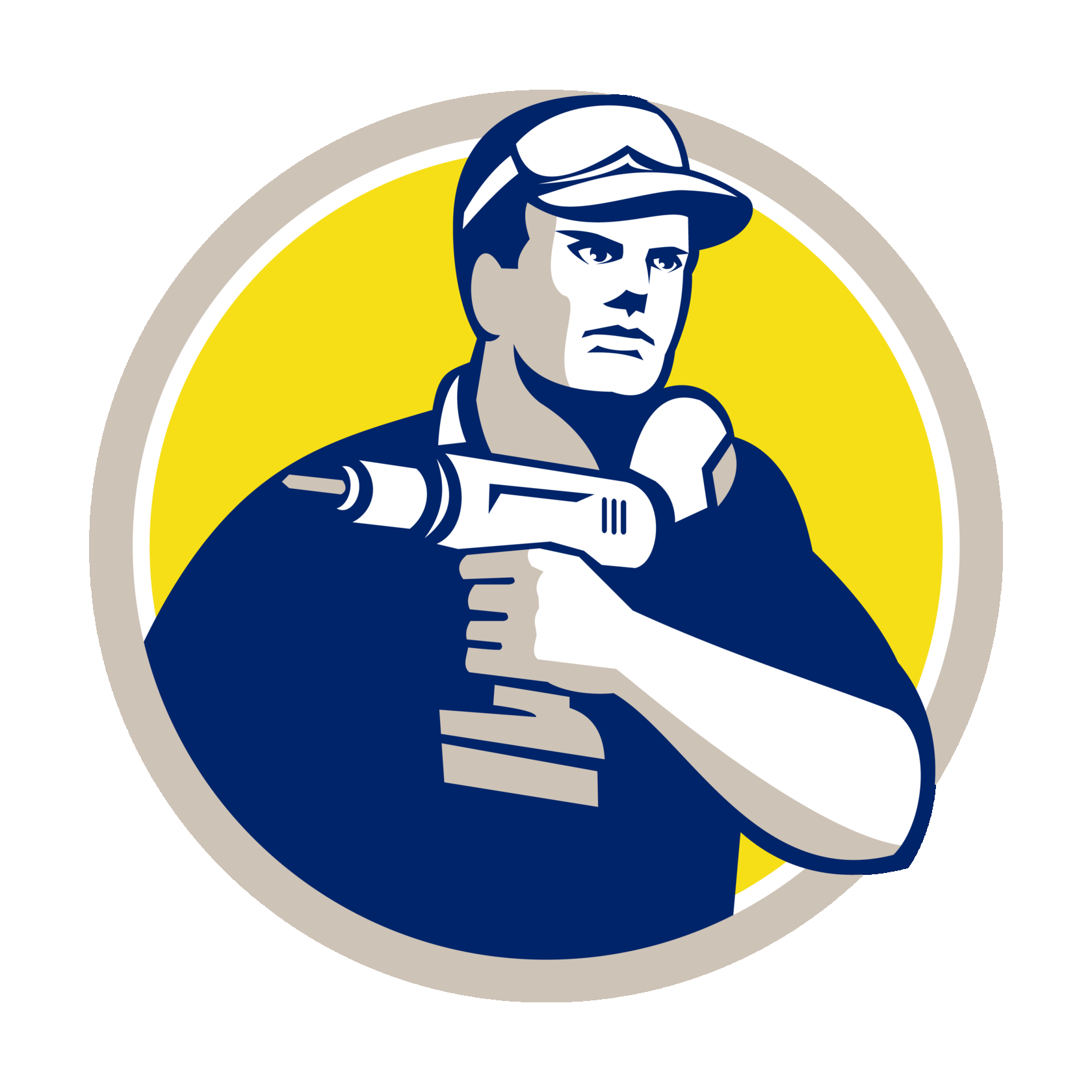How to Repair a Dishwasher
The interface on modern dishwashers may seem daunting. They are packed with numerous knobs, buttons, and various functions that make the appliance appear overly complicated to fix. However, this is not true. Aside from the control interface, dishwashers have remained largely unchanged in their fundamental structure for the past twenty years. Most dishwasher issues can be addressed on your own, and this article will provide guidance on DIY repair and upkeep.
Components of a dishwasher can be swapped out collectively, which is frequently more convenient and cost-effective than hiring a technician for repairs. If you’re uncertain about the usability of a component, detach it from the dishwasher and bring it to a specialist for evaluation. You can then determine whether to purchase a replacement part or to repair the existing one based on the cost assessment.
Dishwashers commonly operate on 115-volt or 120-volt electricity. They draw water straight from the water heater, and the wastewater is expelled into the sink's drainage system. The appliance is not linked to the cold-water line. To achieve optimal dishwashing performance, adjust the temperature setting of the water heater to at least 140 degrees Fahrenheit. Colder water often fails to effectively clean the dishes, unless your dishwasher is a modern design that warms up the incoming water. The water shutoff valve for the dishwasher is generally found beneath the nearby sink.
Warning: As the dishwasher is linked to both the water supply and the electrical supply, both must be taken into account when servicing this appliance. Prior to performing any maintenance on the dishwasher, ensure that the device is disconnected from the power source or that the electricity is turned off, and either remove the fuse or deactivate the circuit breaker for the circuit at the main distribution panel or a different panel. Turn off the water supply to the dishwasher at the valve located in the basement or crawl space beneath the kitchen.
Basic Dishwasher Operating Checks

Here are some operating checks you can make if the dishwasher does not work:
Step 1: Check to make sure it's receiving power. If the unit plugs into a wall outlet, check the cord, the plug, and the outlet to make sure they're functioning properly. Also check the switch that controls the outlet to make sure it's turned on. Most built-in dishwashers are wired directly into a circuit. Check the main entrance panel for a blown fuse or tripped circuit breaker, and restore the circuit. If your home is an older one, the dishwasher may be wired to a separate entrance panel; look for a blown fuse or breaker at this panel, and restore the circuit.
Step 1: Check to make sure it's receiving power. If the unit plugs into a wall outlet, check the cord, the plug, and the outlet to make sure they're functioning properly. Also check the switch that controls the outlet to make sure it's turned on. Most built-in dishwashers are wired directly into a circuit. Check the main entrance panel for a blown fuse or tripped circuit breaker, and restore the circuit. If your home is an older one, the dishwasher may be wired to a separate entrance panel; look for a blown fuse or breaker at this panel, and restore the circuit.
Step 2: If the circuit is receiving power, and the wall outlet is controlled by a switch, the switch may be faulty. Test the switch with a voltage tester. Take off the switch cover plate and place one probe of the tester on one terminal and the other probe on the other terminal. If the tester bulb lights, the switch is functioning. If it doesn't light, the switch is faulty. Replace the switch with a new one of the same type.
Step 3: Make sure the door is tightly closed and latched. The dishwasher will not operate until the latch is properly engaged. To check the latch, close and latch the door, holding the latch tightly in place. Then, still pressing the latch closed, turn the control knob to the ON position. If the dishwasher works, the latch is faulty and should be cleaned, tightened, or replaced.
Step 4: Make sure the water is turned on and the water temperature is high enough. A breakdown in the water heater could stop flow of water to the dishwasher. Test the hot water in the kitchen sink or bathroom. If you can draw hot water, the water heater may not be at fault.
Step 5: Make sure the controls on the control panel are properly set. The newer push-button controls can be very sensitive; make sure the buttons are firmly pressed into position.
If you've gone through these five checks without finding the solution, it's time to dig deeper into the dishwasher.
If you've gone through these five checks without finding the solution, it's time to dig deeper into the dishwasher.

